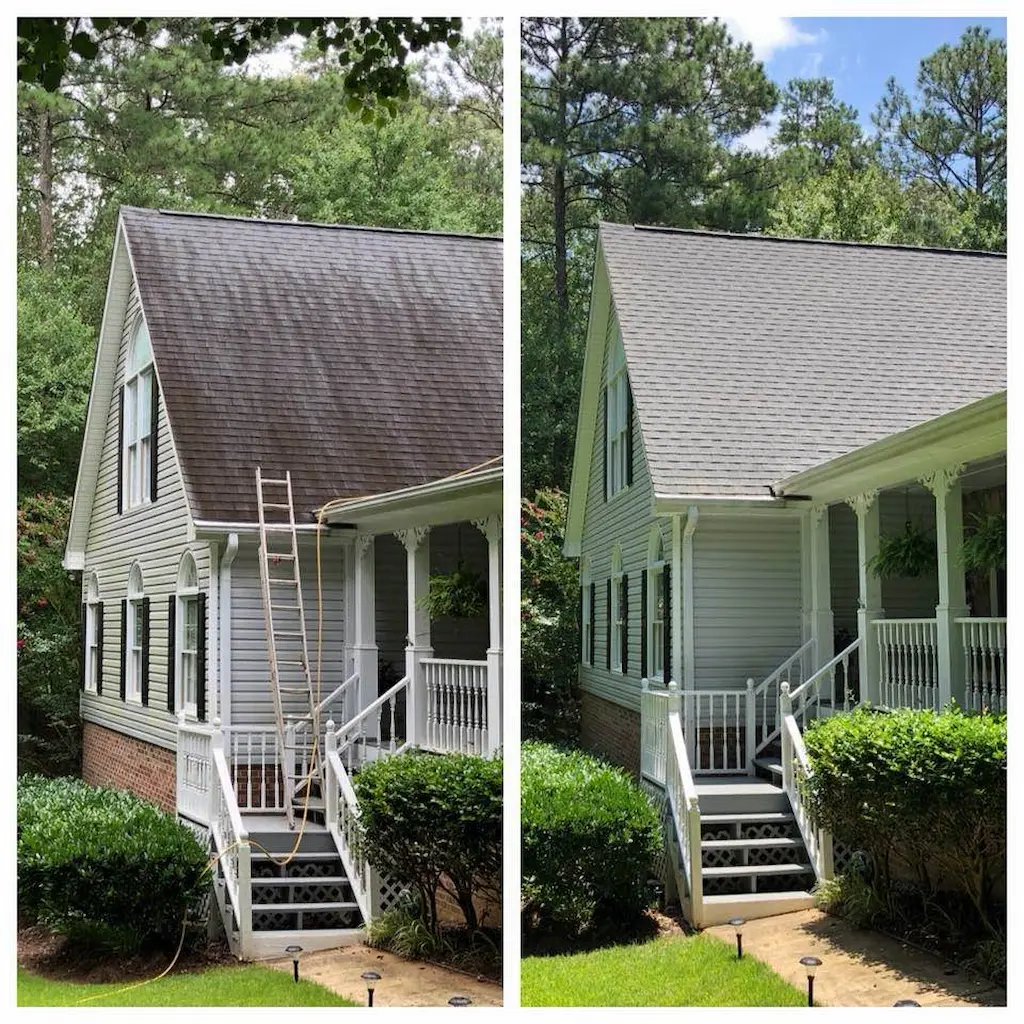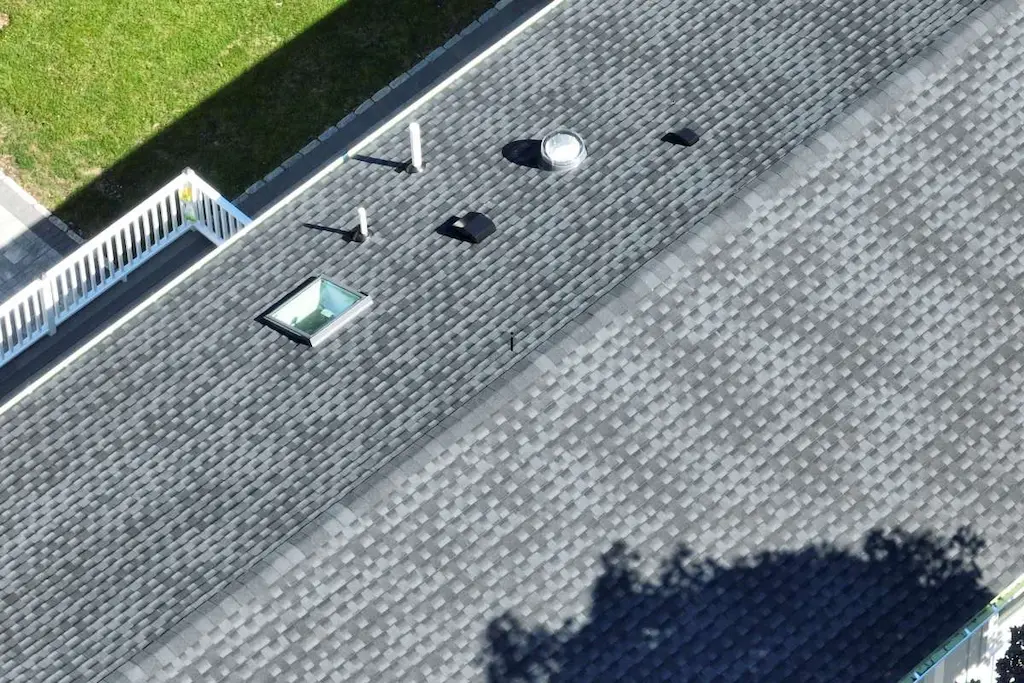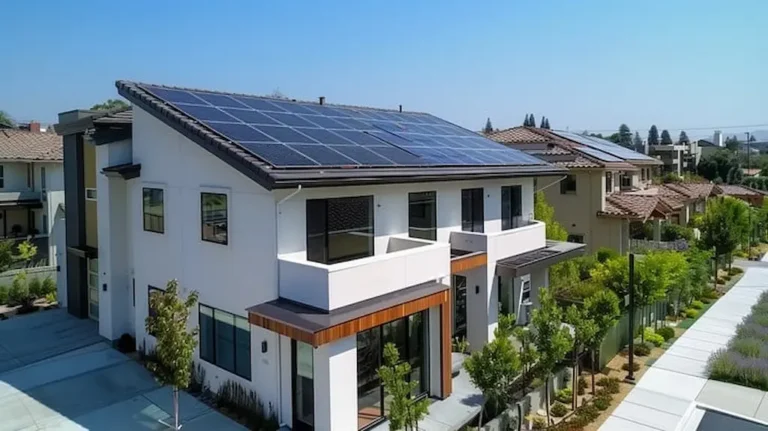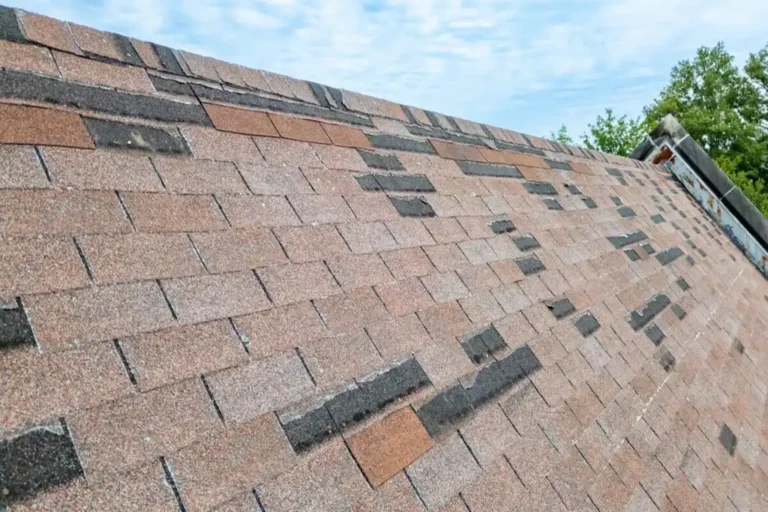When faced with roof damage, homeowners often find themselves in a complex situation, especially when dealing with insurance claims. This guide will help you understand the intricacies of partial and full roof replacements, how to negotiate with insurance companies, and what to expect during the process.
Understanding Roof Replacement Options
Can You Replace Part or Half of a Roof?
Yes, it is possible to replace only a portion of your roof. This is known as a partial roof replacement. However, while this option may seem cost-effective in the short term, it often comes with several drawbacks, learn more about essential roof replacement tips.
Pros and Cons of Partial vs. Full Roof Replacement

Partial Roof Replacement:
Pros:
- Lower upfront cost
- Quicker completion time
Cons:
- Potential mismatch in appearance
- May lead to future problems
- Shorter lifespan for the entire roof
Full Roof Replacement:
Pros:
- Uniform appearance
- Longer overall lifespan
- Better protection against future issues
Cons:
- Higher initial cost
- Longer installation time
Read our guide on partial and full roof replacements
Why Partial Roof Repairs Aren’t Always the Best Option
While partial repairs can address immediate issues, they often fail to consider the overall health and longevity of your roof. Mismatched shingles, uneven wear, and potential hidden damage are common problems associated with partial replacements.
Negotiating with Insurance Companies

How to Negotiate a Full Roof Replacement with Insurance
- Review your insurance policy thoroughly
- Document all damage extensively
- Get a professional assessment from a reputable roofing contractor
- Understand your state’s matching laws
- Consider using the ITEL process for material matching
- Be prepared to appeal if necessary
Partial Roof Replacement Coverage
Insurance companies often push for partial replacements to minimize costs. However, this may not always be in the best interest of the homeowner. Understanding your policy and the extent of damage is crucial5.
Only Partial Roof Replacement Approved: What to Do
If your insurance company only approves a partial replacement:
- Request a detailed explanation of their decision
- Provide evidence of why a full replacement is necessary
- Invoke matching laws if applicable in your state
- Consider hiring a public adjuster to advocate on your behalf
Making Informed Decisions
Full vs. Partial Roof Replacements: What You Need to Know
When deciding between full and partial replacements, consider:
- Age of your current roof, find out how often to replace your roof.
- Extent and location of damage
- Long-term cost implications
- Aesthetic considerations
- Future plans for your home
Is It Possible to Get a Partial Roof Replacement?
While possible, partial replacements are often discouraged by roofing professionals due to potential issues with warranty, aesthetics, and overall roof integrity.
Finding Reliable Roofing Services
How to Find a Reliable, Reasonably Priced Roof Repair Company
- Research local companies with good reputations
- Check for proper licensing and insurance
- Read customer reviews and ask for references
- Get multiple quotes for comparison
- Ensure they offer detailed, written estimates
What to Expect from Roofing Services
A professional roofing service should provide:
- Thorough inspection and assessment
- Detailed written estimate
- Clear timeline for completion
- Use of quality materials
- Proper disposal of old roofing materials
- Warranty on both materials and workmanship
Types of Roofing Repair Services
- Emergency repairs
- Leak detection and repair
- Shingle replacement
- Flashing repair or replacement
- Gutter cleaning and repair
- Ventilation improvement
Dealing with Insurance Claims
How Does State Farm Pay Roof Claims?
State Farm, like most insurance companies, typically follows this process:
- Claim filing
- Adjuster inspection
- Damage assessment
- Claim approval or denial
- Payment issuance (if approved)
The specifics can vary based on your policy and the extent of damage7.
Does State Farm Cover Roof Replacement?
State Farm generally covers roof replacement if the damage is due to a covered peril, such as storms or fallen trees. However, coverage can vary based on your specific policy and the cause of damage.
Practical Considerations
How Long Does a Typical Roof Replacement Take?
A full roof replacement typically takes 1-3 days for an average-sized home, depending on factors like roof size, material type, and weather conditions, explore roof replacement costs in California.
What Is the Loudest Part of Roof Replacement?
The removal of old roofing materials and the installation of new ones, particularly nail guns, tend to be the loudest parts of the process.
Preventive Measures and Maintenance
How to Prevent Future Issues with My Flat Roof After Repairs?
- Regular inspections (at least twice a year)
- Keep the roof clean and free of debris
- Ensure proper drainage
- Address minor issues promptly
- Apply protective coatings as recommended by professionals
How Often Should You Get Your Roof Repaired?
Regular inspections should be conducted annually or after severe weather events. Repairs should be made as soon as issues are identified to prevent more extensive damage.
By understanding these aspects of roof replacement and repair, homeowners can make informed decisions, effectively negotiate with insurance companies, and ensure the longevity of their roofs. Remember, while cost is an important factor, the long-term integrity of your home should be the primary consideration in any roofing decision.





